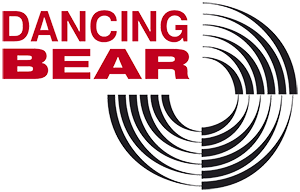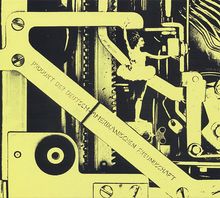DAF – EIN PRODUKT CD
24,00 €
| 1 | Bild 1 (2000 Digital Remaster) |
| 2 | Bild 2 (2000 Digital Remaster) |
| 3 | Bild 3 (2000 Digital Remaster) |
| 4 | Bild 4 (2000 Digital Remaster) |
| 5 | Bild 5 (2000 Digital Remaster) |
| 6 | Bild 6 (2000 Digital Remaster) |
| 7 | Bild 7 (2000 Digital Remaster) |
| 8 | Bild 8 (2000 Digital Remaster) |
| 9 | Bild 9 (2000 Digital Remaster) |
| 10 | Bild 10 (2000 Digital Remaster) |
| 11 | Bild 11 (2000 Digital Remaster) |
| 12 | Bild 12 (2000 Digital Remaster) |
| 13 | Bild 13 (2000 Digital Remaster) |
| 14 | Bild 14 (2000 Digital Remaster) |
| 15 | Bild 15 (2000 Digital Remaster) |
| 16 | Bild 16 (2000 Digital Remaster) |
| 17 | Bild 17 (2000 Digital Remaster) |
| 18 | Bild 18 (2000 Digital Remaster) |
| 19 | Bild 19 (2000 Digital Remaster) |
| 20 | Bild 20 (2000 Digital Remaster) |
| 21 | Bild 21 (2000 Digital Remaster) |
| 22 | Bild 22 (2000 Digital Remaster) |
1 in stock
Description
With their debut album, the German-American Friendship (DAF), later a duo that rose to international fame, achieved musical pioneering work: In 1979, Robert Görl, Wolfgang Spelmans, Kurt Dahlke (Pyrolator), and Michael Kemner created what was arguably the world’s first noise rock album. Radical, brutal, instrumental.
First released in 1979 on Warning Records (later Ata Tak).
True DAF connoisseurs are, of course, familiar with the Düsseldorf-Wuppertal band’s early phases. But most fans of the later world-famous duo would probably be shocked when confronted with their debut album: no powerful synth basses, no jagged rhythms, no Gabi Delgado, no leather. Instead: purely instrumental, unstructured noise rock, played by long-haired, mustachioed artists! A band could hardly undergo a more drastic metamorphosis.
Gabi Delgado joined the band (which at the time consisted of Robert Görl, Kurt Dahlke / Pyrolator, Wolfgang Spelmans, and Michael Kemner) before they abandoned their old name YOU and renamed themselves German-American Friendship. He was also there when the first recordings were made at Studio 56 in Mühlheim. But they weren’t satisfied with the result (“too pop-like,” according to the band) and also “didn’t really agree” with Delgado’s vocals and lyrics (according to Pyrolator, who was responsible for electronics at the time), whereupon Delgado left the band. And since the creative urge was great (“we absolutely wanted to make a record. Everyone else in Düsseldorf already had an album out, Male, Mittagspause, but us”) and the singer was now missing, it had to be an instrumental album.
After the disaster in the studio, they decided to do the recordings themselves. And so, a tape machine and two microphones were set up in Wolfgang Spelmans’ living room and they improvised as hard as they could for ten days. Then it was finished, the “Product of German-American Friendship”: 22 tracks, ranging from 19 seconds to three minutes long. The influence of their role models, Can, is clearly audible. Given the fact that other well-known noise rock bands like Chrome, Flipper, or even Sonic Youth only recorded comparable music later, the “Product of German-American Friendship” must be considered a musical pioneering work. It is probably even the world’s first noise rock album.
Was the world at the end of the 1970s really ready for such a brutal and nihilistic sound? The record label world certainly wasn’t, because DAF couldn’t find a label. And so it was that DAF became not only pioneers of noise music, but also pioneers of DIY. Help came from the Kreissparkasse (District Savings Bank): Pyrolator borrowed 3,000 marks against his car. A logical step, given that he was already running a cassette label called Warning Records (which shortly later became Ata Tak). The “product of German-American friendship” was the label’s first LP and was given the catalog number WR 001 / LP/1979. The record sold so well that Pyrolator was able to quickly repay the loan.


